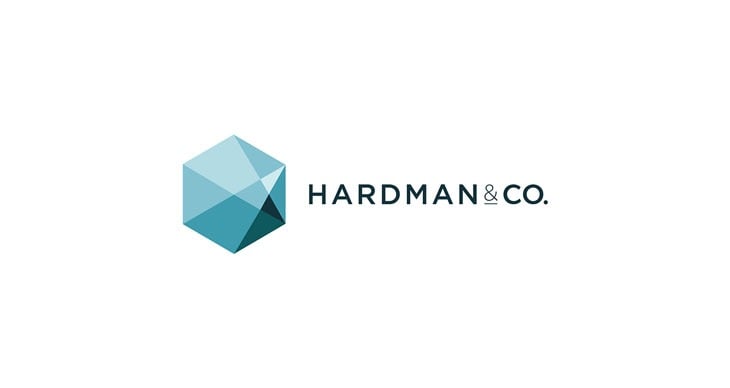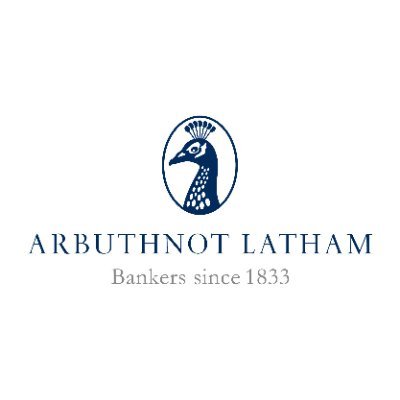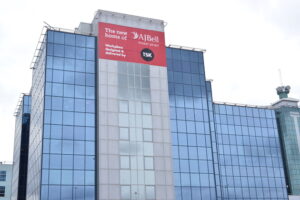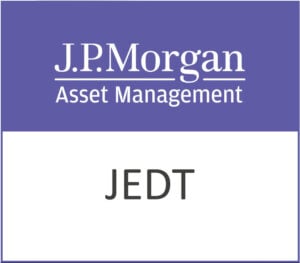From Arbuthnot Banking Group Plc (LON:ARBB) 1H’25 results, we note i) strong growth in low-capital-intensity businesses (deposits, wealth management) and high risk-adjusted-return specialist lending (most notably RAF and leasing businesses) ‒ ABG is not competing for business that does not meet its target returns and some loan books are shrinking (e.g. property lending), and ii) pre-tax profits halved on 1H’24 due to the well-flagged impact of the falling rate environment, less PE activity driving lower ACABL activity and low truck resale profits. Some of this is noise, and the effects will moderate. Despite cutting estimates, we forecast 2H’25 pre-tax profits above 1H’25 and FY’26 above the 2H’25 run rate.
- Financial highlights: PBT £10.9m (1H’24: £20.8m). Op income £73.3m (£74.4m). Impairments £1.4m (£1.1m). EPS 42.5p (94.6p). Interim dividend p/sh 22p (20p), up 10%. Net assets per share were £16.49 (31 Dec’24: £16.36). The CET1 ratio was 12.7% (11.6%) and total capital ratio 14.8% (13.6%).
- Operating highlights: Customer deposits +7% to £4.4bn (2024: £4.1bn) and loans £2.3bn (£2.4bn). RAF and AAG specialist lending divisions saw good growth. FUMA +8% to £2.38bn (£2.21bn), with inflows at £127m, annualised 11% of opening FUMA. Investment continues (costs rose 11%).
- Valuation: Our multiple approaches see a broad range of valuations: £10.74 DDM, £18.80 SOTP and £23.91 GGM. The average is £17.82, nearly double the share price. Trading at 62% of NAV is anomalous, in our view, given returns above the cost of capital and ABG’s growth potential. ABG’s 2026E yield is 5.7% with over 2x cover.
- Risks: Margins have fallen from peak, with the trend and level of interest rates a key driver to future earnings. A higher-for-longer outlook would be beneficial. Credit is a risk, but Arbuthnot Banking Group is conservative in lending, taking good security; thus, its loss given default is low. Other risks: reputation, regulation and compliance.
- Investment summary: Arbuthnot Banking Group offers strong-franchise and continuing-business (normalised) profit growth. Its balance sheet strength gives it a number of wide-ranging options to develop organic and inorganic opportunities. The latter are likely to increase in uncertain times. Management has been innovative but also very conservative in managing risk. Having a profitable, well-funded, well-capitalised and strongly growing bank priced below book value is an anomaly, in our view.










































